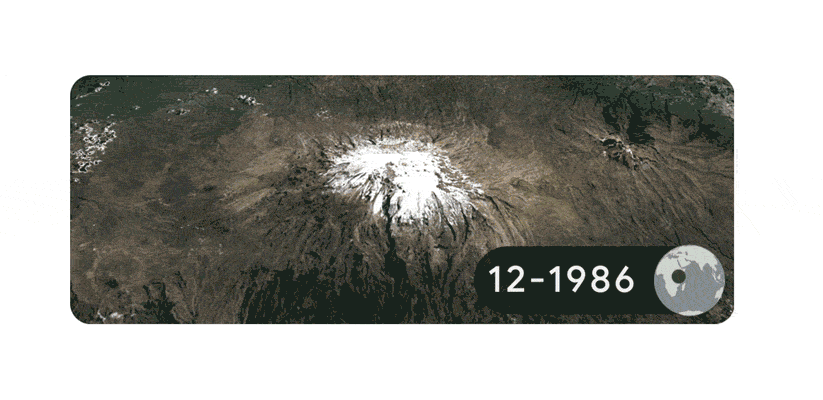Google Doodle is known for making creative and amusing animations to commemorate key days throughout the world, and it has done it once again on the occasion of World Earth Day 2022, which is observed on April 22 around the world.
Google is raising awareness for Earth Day 2022 with a time-lapse on its home page that displays the effects of climate change over the decades around the globe, in one of the most inventive doodles of all time.
The time-lapse was generated by combining imagery acquired by Google Earth. The images depict a variety of features on the earth, including coral reefs, glaciers, and general greenery, all of which have decreased over time.
When you click on today’s Google Doodle, you’ll be taken to a time-lapse video highlighting climate change, as well as an explanation of the many facets of the issue, such as what’s driving it and its varied consequences on the general public.
While stating the effects of climate change, the Google page reads, “Warmer temperatures over time are changing weather patterns and disrupting the usual balance of nature. This poses many risks to human beings and all other forms of life on Earth.”
On the occasion of Earth Day 2022, UN ActNow has also listed many ways that individuals can take action against climate change. People have been urged to conserve electricity at home, use public transportation to travel to work, and eat more veggies and less meat.
Every year on April 22, World Earth Day is commemorated to raise awareness about the myriad concerns that are wreaking havoc on our world, most notably climate change and global warming. Earth Day is also observed to draw attention to the different ways in which people may live more sustainably and help to decrease global warming.
Senator Gaylord Nelson established Earth Day in the 1970s to promote ecology and increase awareness of environmental issues.
The first Doodle depicts real-life imagery of a glacier retreat on Tanzania’s Mt. Kilimanjaro summit. From 1986 until 2020, the photos were shot annually in December.
The second Doodle uses photographs shot every December from 2000 to 2020 to depict a glacier retreat in Sermersooq, Greenland. Much of Greenland’s ice sits on land and melts into the ocean, as seen in this timelapse. Over the same three decades, we journey north and watch the progressive collapse of floating ice sheets. Warming temperatures have hastened the melting of sea ice and the ice sheets of Greenland.
The third Doodle image is of Australia’s Great Barrier Reef, with coral bleaching on Lizard Island. From March through May 2016, photos were captured once a month.
The most recent Google Doodle depicts the Harz woodlands in Elend, Germany, which have been decimated by bark beetle infestation as a result of rising temperatures and severe drought. From 1995 until 2020, photos were captured every December.
- Top 5 Health Insurance Stocks to Add to Your Portfolio - July 26, 2024
- 7 Reasons Edamame is Great for Your Health - July 26, 2024
- 2024 Paris Olympics: How Many US Athletes Are Competing? - July 26, 2024





